
Kód: 04870509
Dancing Class
Autor Linda J. Tomko
At the turn of the century, new dance practices provided vehicles for social engagement and offered grounds for interchange and jockeying between class groups. Along these lines of engagement, dance also provided a medium for nego ... celý popis
- Jazyk:
 Angličtina
Angličtina - Väzba: Brožovaná
- Počet strán: 304
Nakladateľ: Indiana University Press, 1999
- Viac informácií o knihe

Mohlo by sa vám tiež páčiť
Darčekový poukaz: Radosť zaručená
- Darujte poukaz v ľubovoľnej hodnote, a my sa postaráme o zvyšok.
- Poukaz sa vzťahuje na všetky produkty v našej ponuke.
- Elektronický poukaz si vytlačíte z e-mailu a môžete ho ihneď darovať.
- Platnosť poukazu je 12 mesiacov od dátumu vystavenia.
Viac informácií o knihe Dancing Class
Nákupom získate 64 bodov
 Anotácia knihy
Anotácia knihy
At the turn of the century, new dance practices provided vehicles for social engagement and offered grounds for interchange and jockeying between class groups. Along these lines of engagement, dance also provided a medium for negotiating matters of gender. Women seized the moment to develop new dance practices. On the East Coast and in the Midwest, middle class women found platforms for dance innovation in the settlement house movement. They taught classes in folk, gymnastic, and historical dancing styles, attempting to offset the physical and cultural effects of mass production, industry and urban crowding.In New York City, a woman-run after-school folk-dancing program for girls pursued similar aims: both addressed questions of citizenship and identity through performative means. Social welfare workers also took part in dance hall reform drives. They attempted to channel the uses that working girls made of public entertainment spaces and to contain the types of dance that girls pursued there. In these several initiatives, the contest for class leadership was argued through dance and matters of the body.Endeavoring to manage immigrant and working class people, middle class and elite women refashioned their gender roles as well. They became choreographers and directors of new dance and movement practices; they formulated professional occupations for themselves, as dance pedagogues, authors of dance instruction books and social welfare workers. Some bid for recognition as cultural arbiters, providing performance platforms for emerging female soloists like Isadora Duncan and Ruth St. Denis. New dance practices generated new physical means with which to represent cultural issues. From salons to dance halls, theater dance to settlement houses, new movement performance events questioned notions of social order and conceptions of polity. Inherently dynamic, staged periodically, they offered ongoing remakings of what it might mean to be 'American'. By examining master narratives of modern dance history, "Dancing Class" demonstrates the cultural agency of new Progressive-era dance practices.
 Parametre knihy
Parametre knihy
Zaradenie knihy Knihy po anglicky Society & social sciences Society & culture: general Social groups
25.61 €
- Celý názov: Dancing Class
- Podnázov: Gender, Ethnicity, and Social Divides in American Dance, 1890-1920
- Autor: Linda J. Tomko
- Jazyk:
 Angličtina
Angličtina - Väzba: Brožovaná
- Počet strán: 304
- EAN: 9780253213273
- ISBN: 0253213274
- ID: 04870509
- Nakladateľ: Indiana University Press
- Hmotnosť: 38 g
- Rozmery: 229 × 152 × 23 mm
- Dátum vydania: 01. November 1999
Obľúbené z iného súdka
-

Women Who Run with the Wolves
9.88 € -17 % -

Women Who Run With The Wolves
13.51 € -29 % -

Second Sex
15.12 € -23 % -
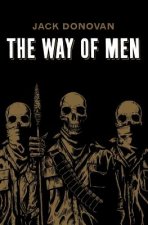
The Way of Men
13 € -23 % -

The Velvet Rage
16.23 € -23 % -

Why Does He Do That?
16.53 € -17 % -

Letters to a Young Muslim
12.90 € -17 % -
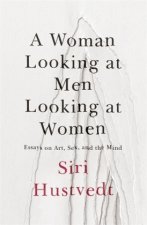
Woman Looking at Men Looking at Women
12.20 € -27 % -

Male Brain
12.40 € -21 % -

Humans of New York
25.71 € -16 % -

Black Elk Speaks
20.47 € -10 % -
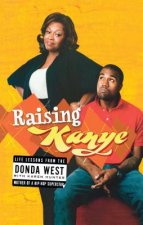
Raising Kanye
16.03 € -20 % -

Triumph of the City
10.99 € -25 % -

Lost Keys of Freemasonry
9.78 € -19 % -
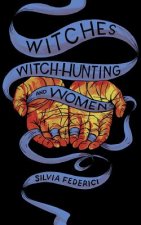
Witches, Witch-hunting, And Women
12.80 € -15 % -

Sioux Chef's Indigenous Kitchen
30.35 € -14 % -

By Any Means Necessary
13 € -19 % -
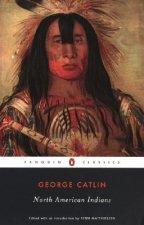
North American Indians
15.12 € -20 % -
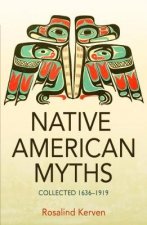
NATIVE AMERICAN MYTHS
18.25 € -28 % -

Dark Emu
15.22 € -28 % -

Maimonides-Essential Teachings on Jewish Faith & Ethics
16.13 € -19 % -

Dona Gracia of the House of Nasi
23.29 € -19 % -

Duke of Naxos of the House of Nasi
23.29 € -19 % -

Beginner's Ladino with Online Audio
17.24 € -17 % -

Navajo Coyote Tales
16.13 € -19 % -

The Politically Incorrect Guide to Jihad
18.25 € -20 % -

Manipulated Man
14.21 € -16 % -

Think Like a Monk
14.52 € -29 % -

The Mastery of Love
12.30 € -19 % -

Iron John
17.14 € -18 % -

Hillbilly Elegy
12.70 € -36 % -

Goddesses in Everywoman
12.20 € -22 % -

Who Cooked the Last Supper?
19.76 € -6 % -

The Autobiography of Malcolm X
10.48 € -7 % -
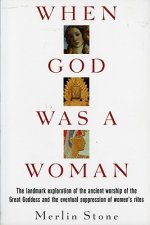
When God Was A Woman
19.66 € -2 % -

Lean In
12.80 € -23 % -
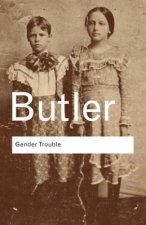
Gender Trouble
27.13 € -
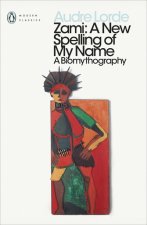
Zami
10.08 € -24 % -

Tom of Finland. The Complete Kake Comics
21.07 € -
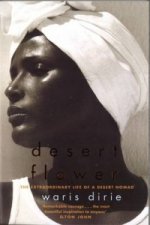
Desert Flower
10.08 € -24 % -
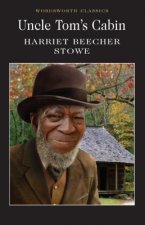
Uncle Tom's Cabin
4.83 € -19 % -

Indigenous Peoples' History of the United States
15.42 € -15 % -

Deepest Well
16.53 € -17 % -
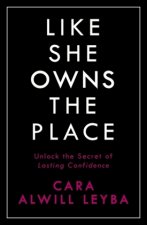
Like She Owns the Place
17.24 € -21 % -

Hillbilly Elegy
21.07 € -31 % -

Autobiography of Malcolm X
10.18 € -23 % -

Native American Clothing
55.57 € -14 % -

Nice Girls Don't Get The Corner Office
9.78 € -24 % -

The Male Nude
18.25 € -9 %
Osobný odber Bratislava a 2642 dalších
Copyright ©2008-24 najlacnejsie-knihy.sk Všetky práva vyhradenéSúkromieCookies




 21 miliónov titulov
21 miliónov titulov Vrátenie do mesiaca
Vrátenie do mesiaca 02/210 210 99 (8-15.30h)
02/210 210 99 (8-15.30h)